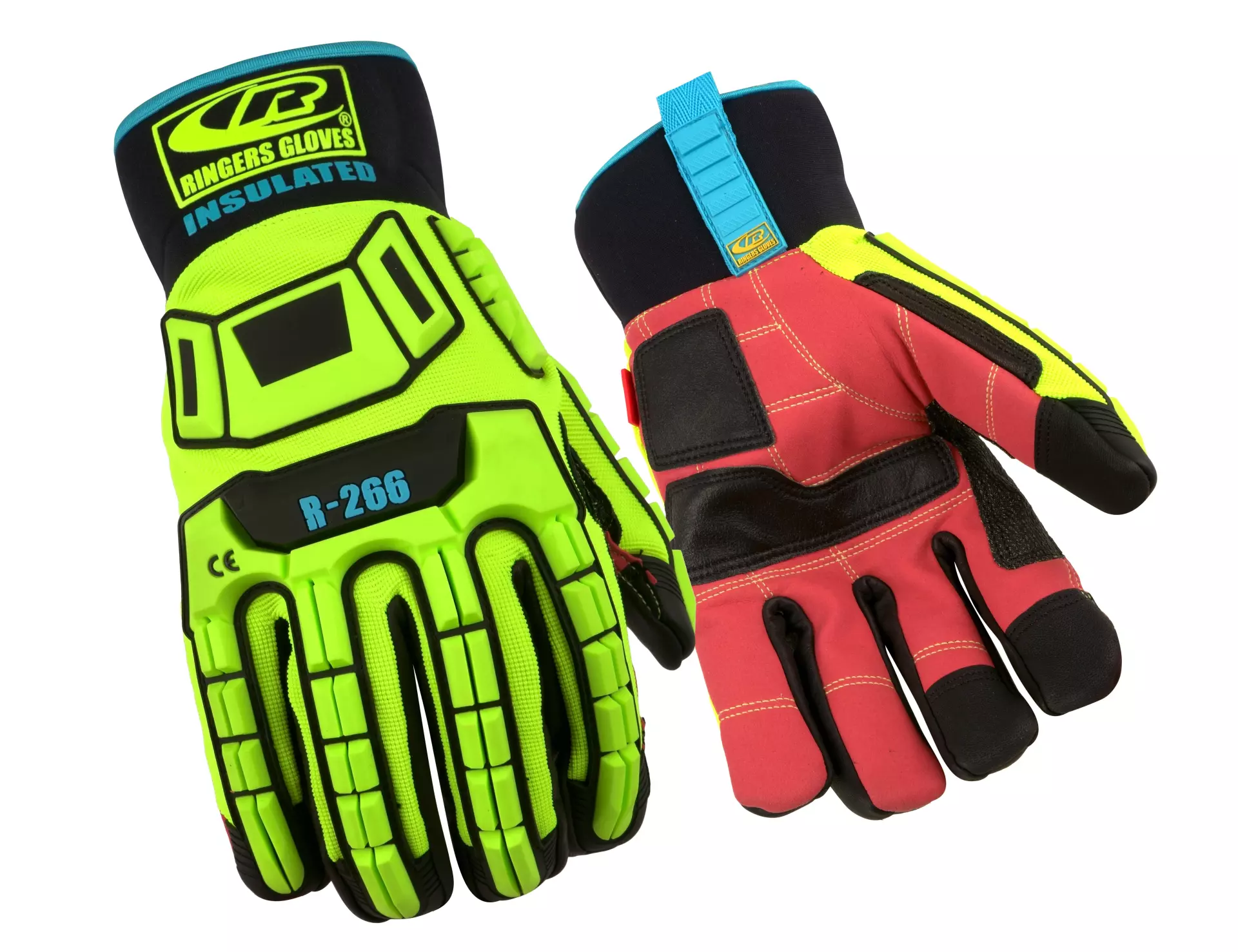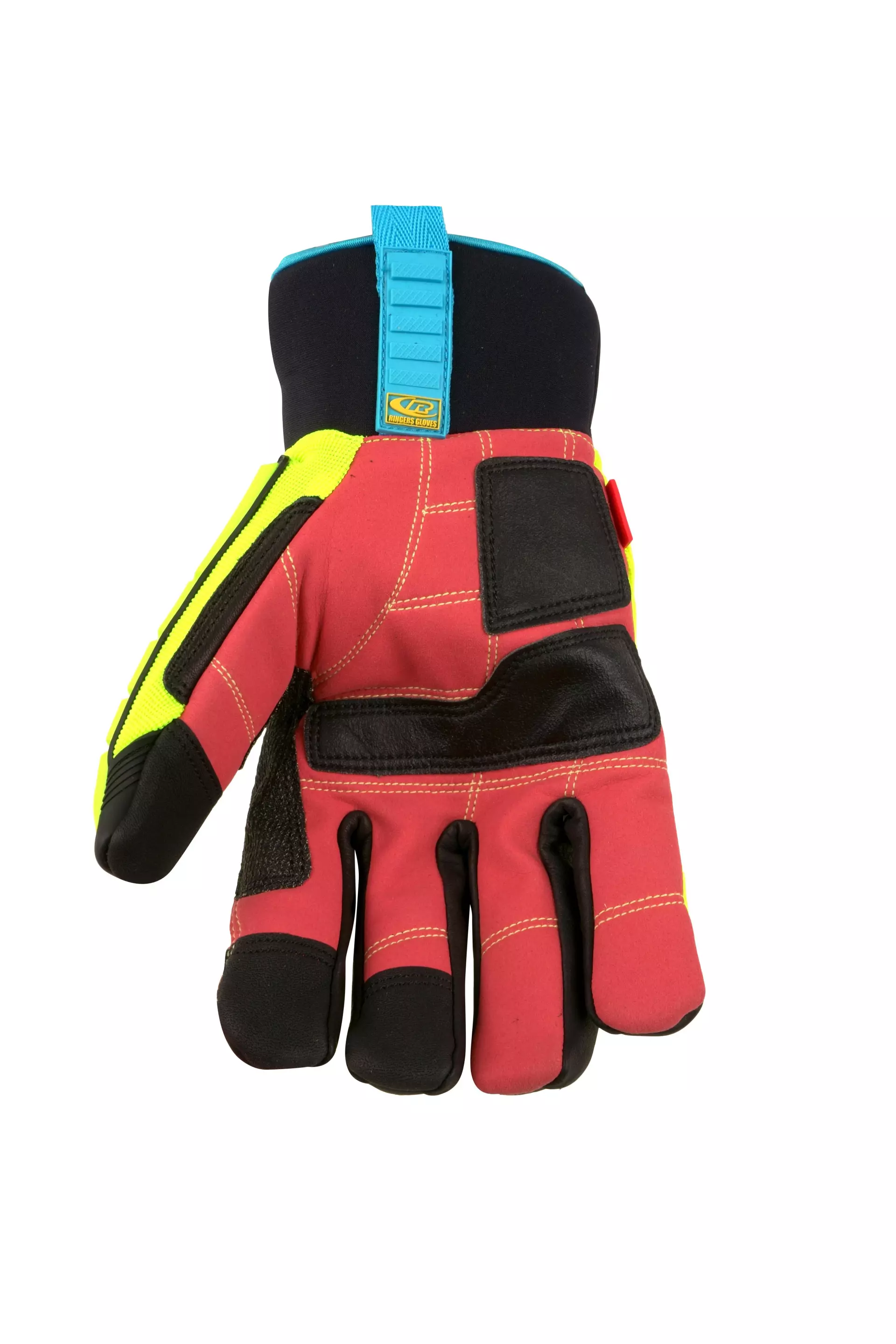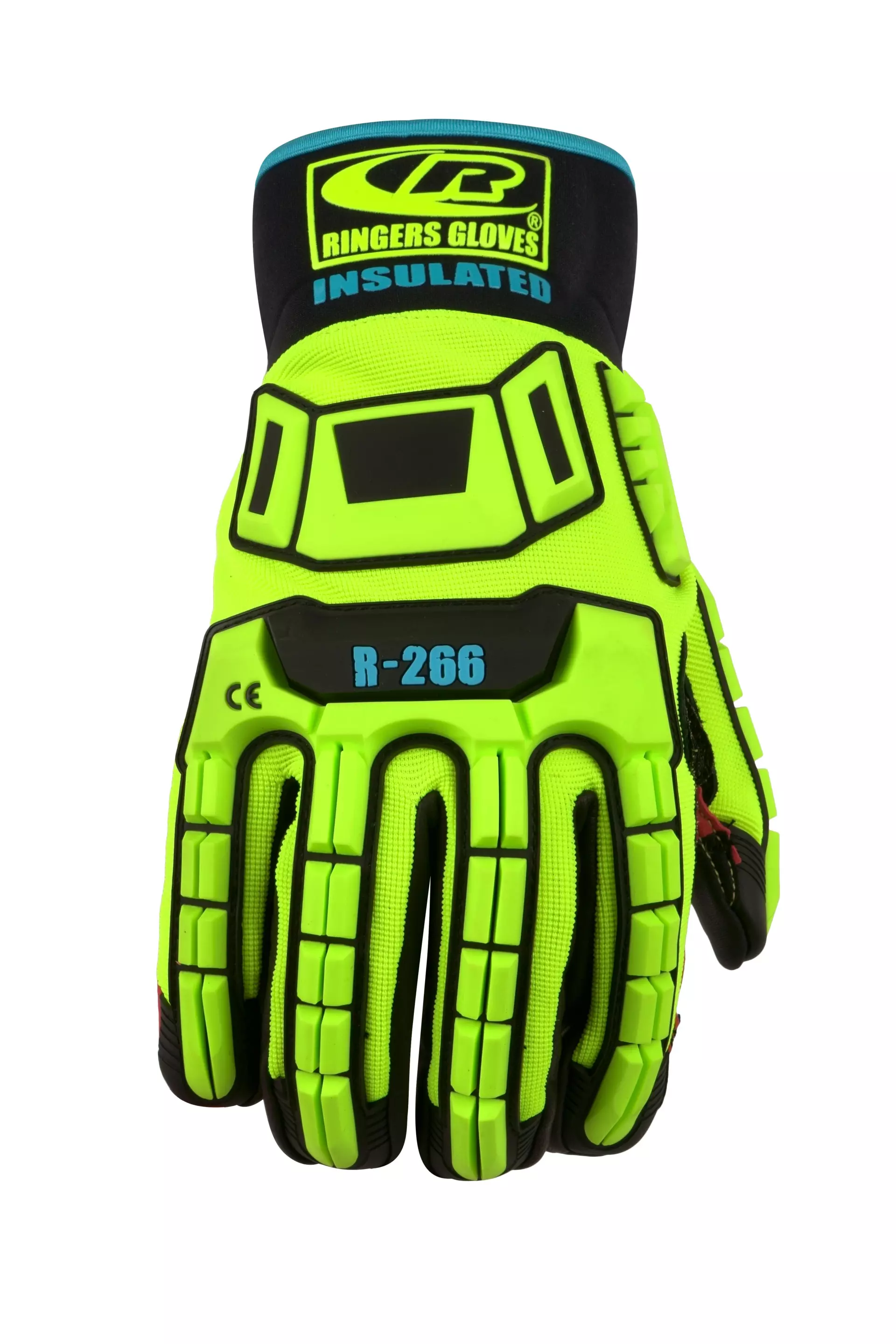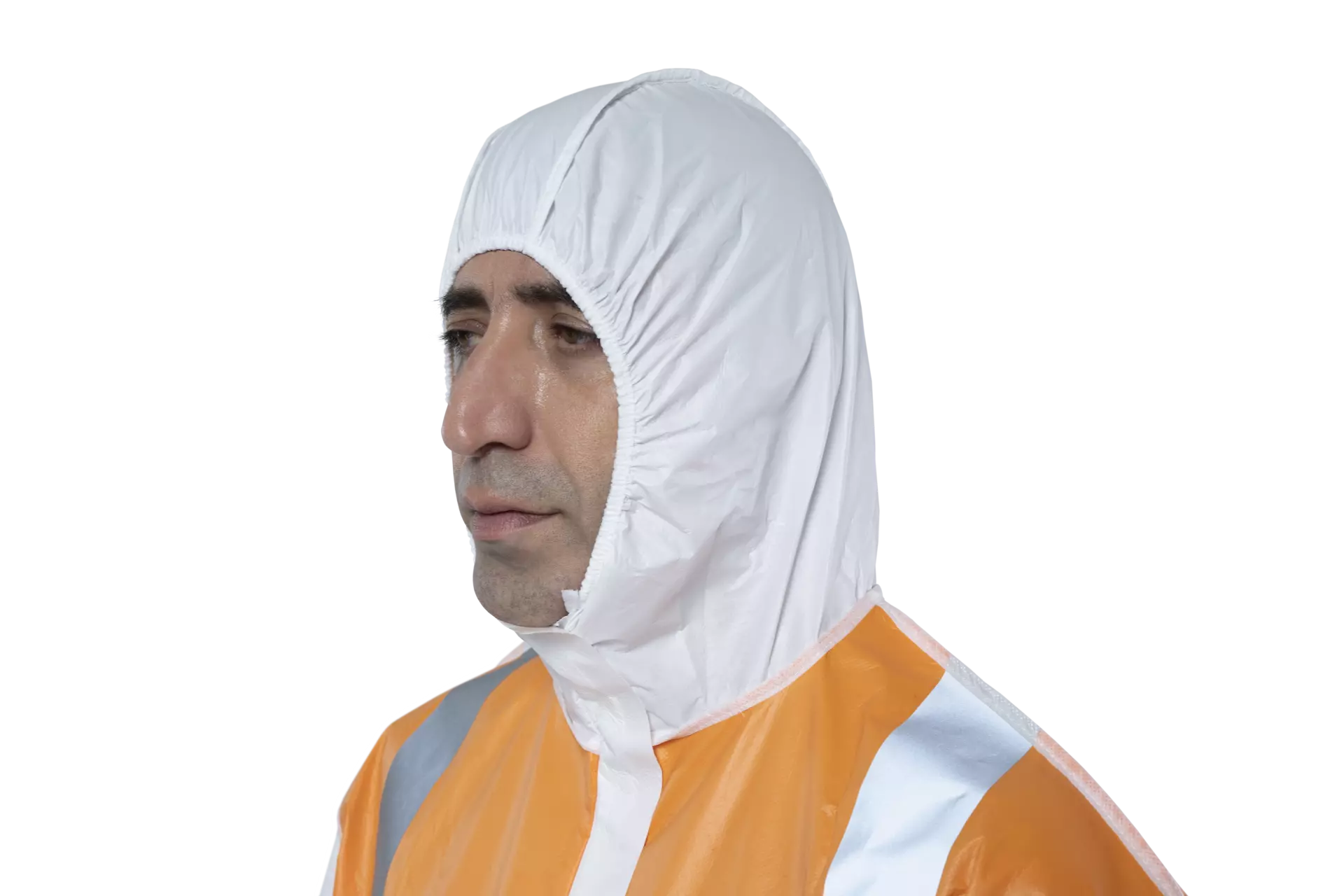Ringers 266
4.5 / 5
Product description
Description
Specialized protection: RINGERS® R266 work gloves’ patented TPR (thermoplastic rubber) design, developed with F3 Technology™, ensures top-of-hand and finger-length impact protection
Strengthened grip: A Kevlar®-stitched synthetic leather palm, with a special grip patch system, offers excellent grip in varying conditions
Added defenses: These RINGERS® gloves also feature 100g Thinsulate™ insulation and a proprietary waterproof barrier, for warm, dry hand protection in harsh environments
Enhanced features: Touchscreen-compatible thumb tips, index and middle fingers limit glove removals, for safer technological interaction, while an extended neoprene TPR pull tab wrist closure and high-visibility surface design further enhance workplace safety
Recommended for
Engagement and release of drill string slips
Chaining up pipes
Installation and dismantling of rigs
Assembly and disassembly of large pipes
Unloading and stacking pipe
Preparation of site - unloading of lines and valves
Set-up of pressure manifold and tubing injector head
General pumping work
Preparation of site - set-up and disassembly of tool string
Handling iron - rigging work
Handling of tools
Environmental clean-up and remediation
Handling iron
Valve - line maintenance and repair
Heavy machine operation
Equipment maintenance and repair
Pipe handling
Product Details
Available Sizes : 8, 9, 10, 11, 12, 13
Coating Color : Black And Red
Construction : Cut & Sewn
Cuff Style : Extended
Grip Design : Synthetic Leather With Pvc Patches
Latex Free : Yes
Liner Color : Black
Liner Material : Polyester
Washing Temperature : Handwash Cold Water
About Knuckle Protection Work Gloves
Knuckle Protection Work Gloves feature reinforced padding across the back of the hand to shield against impacts and crushing injuries. These specialized gloves combine the comfort of knit designs with strategic protection, making them ideal for construction, oil and gas, or heavy machinery operation.
- Cold Protective
- Cut Resistant
- High Visibility
- Impact Resistance
- Water Resistance
- Slip Resistant
- Hand Protection
Standards and labels
Ansell delivery terms
Free delivery for all Ansell products
3 171,49 €
Price per 10 packages (50 pairs)
63,43 € / pair
Free delivery
A carton contains 10 packages (50 pairs)








